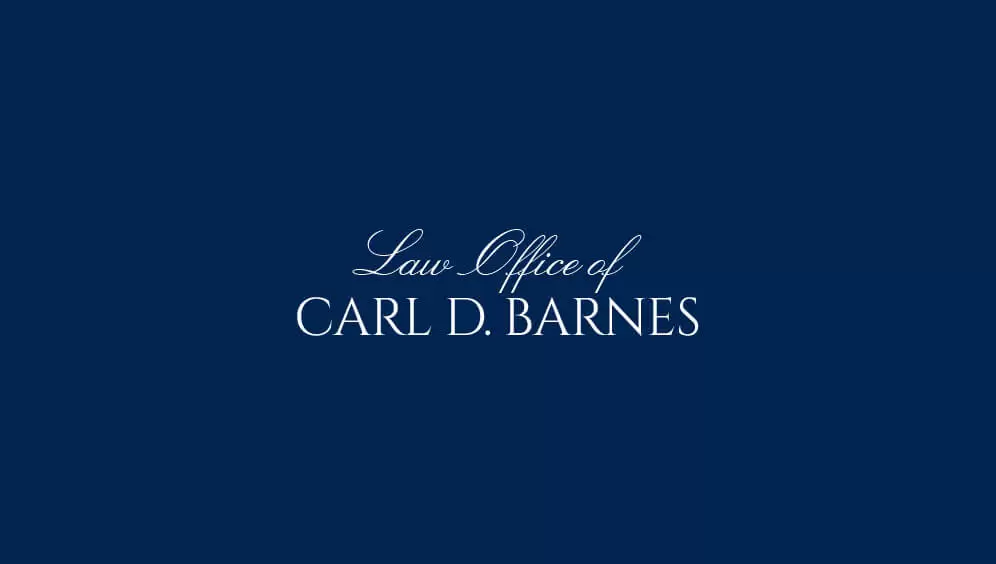Free Consultations
Wrongful death statute of limitations explained

When one person causes the death of another person through negligence, the state’s wrongful death statute gives the surviving family the right to sue for damages.
Anyone making a claim under this statute needs to be aware of the statute of limitations.
Statute of limitations defined
According to Cornell Law School, the statute of limitations is the time limit in which you have to bring a case to court. If you try to make a claim after the expiration of the statute of limitations, the court will throw out your case.
The idea behind this time limit is to ensure evidence remains fresh and that the trial process is fair. As time goes on after an event, it is easy to lose evidence or forget details. It can lead to confusion and misinformation in court, which can impact the fairness of the system and the court’s ability to render a decision.
Almost every legal situation has a statute of limitations. There are very few situations in which there is not one and that is more likely in criminal law than civil law.
Wrongful death time limit
The California Courts states the statute of limitations for wrongful death is two years. It falls under the rules for personal injury claims. The time limit may be shorter if the death does not occur right away after the incident.
Application
When bringing a wrongful death case to court, a person needs to check the details of the law to see the specific statute of limitations. If it passed already, then there is no need to even attempt filing a claim.

2500 East Colorado Boulevard
Suite 350 Pasadena, CA 91107
Pasadena Law Office Map

